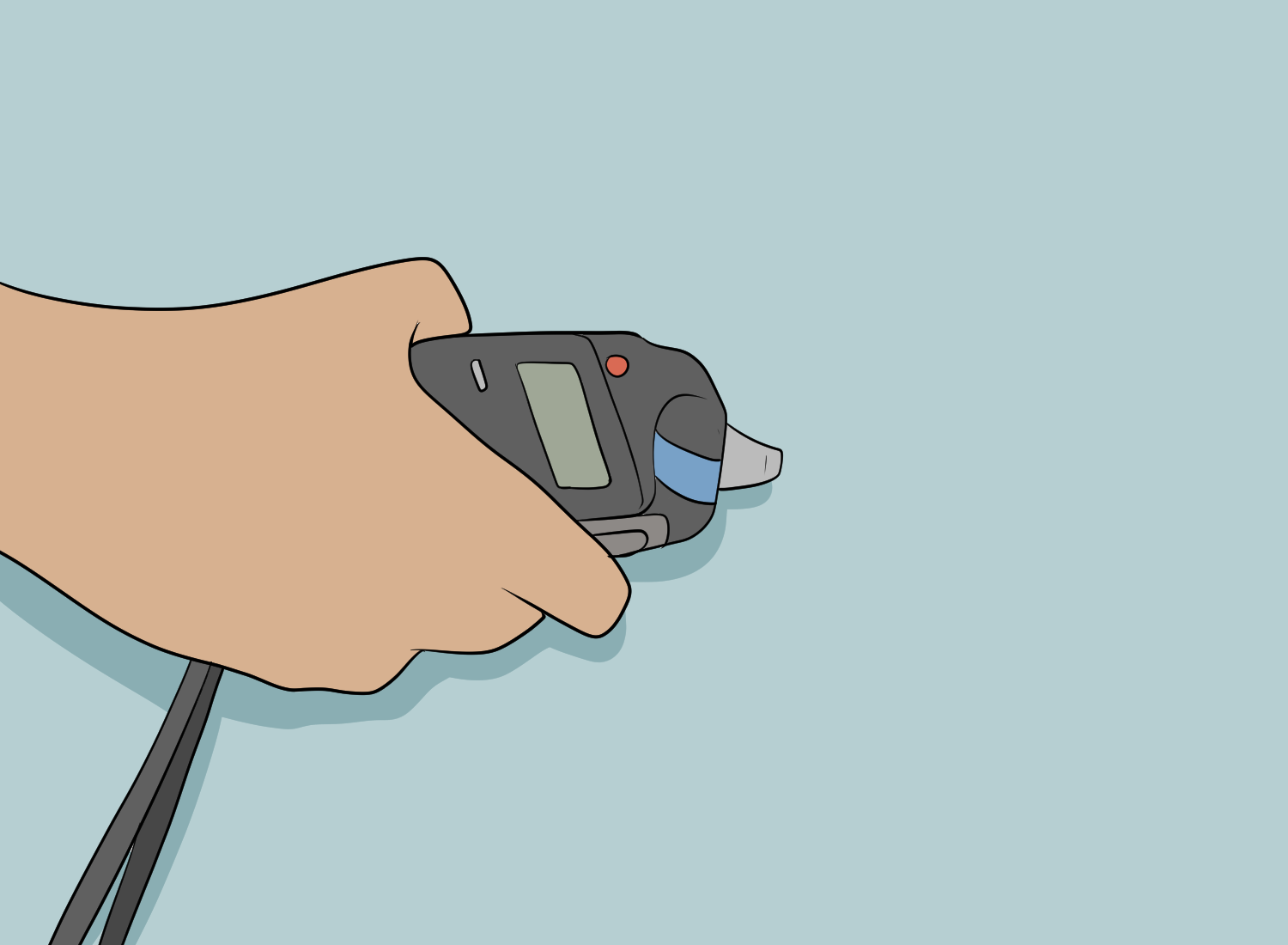
Exposure to black mold can significantly threaten a person’s health. The range of symptoms experienced can differ greatly based on the level of mold exposure, from mild to severe.
There are several different methods for testing for black mold exposure. One common method is a skin prick test, which involves exposing the skin to small amounts of black mold allergens.
Additionally, a healthcare provider may perform a pulmonary function test to measure lung function and identify any respiratory issues caused by black mold exposure.
Methods for Testing Black Mold Exposure
There are two primary methods for testing black mold exposure: using home testing kits or hiring a professional inspection.
Home Testing Kits
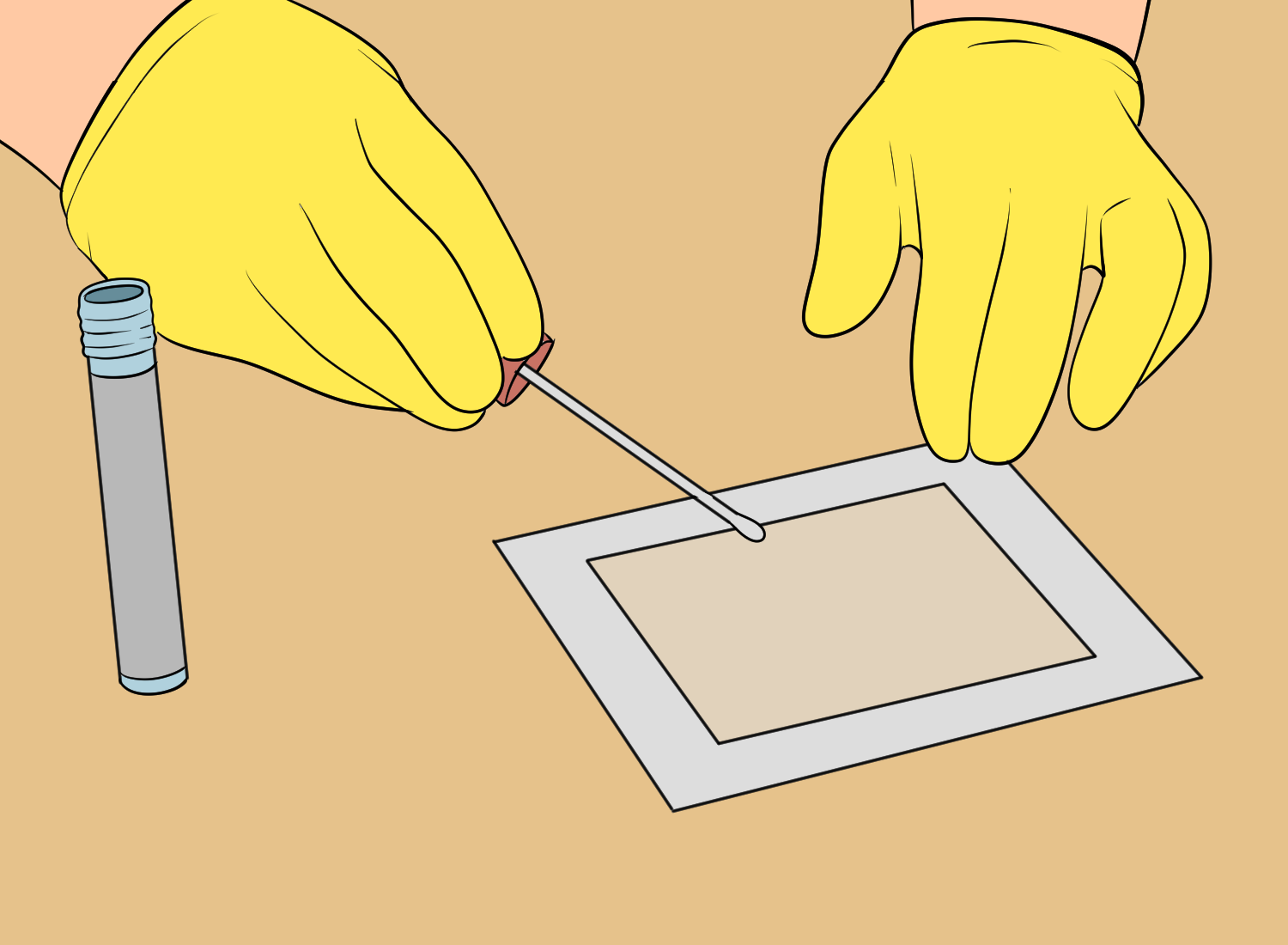
Home testing kits are a convenient and affordable way to test for black mold exposure. These kits typically come with a swab or tape that is used to collect a sample from a suspected area of mold growth.
The sample is then sent to a lab for analysis, which can take several days to several weeks.
It is important to note that home testing kits may not be as accurate as professional inspections. These kits may not be able to detect all types of mold, and the results may be difficult to interpret for those without a background in mold testing.
Professional Inspection

A professional mold inspection is the most accurate way to test for black mold exposure.
These inspections are typically conducted by certified mold inspectors who have the knowledge and equipment to detect mold growth and assess the extent of the problem.
What happens in a professional inspection?
During a professional inspection, the inspector will visually inspect the property for signs of mold growth, take air and surface samples for analysis, and provide a detailed report of their findings.
This report will include information on the type and extent of mold growth, as well as recommendations for remediation and prevention.
Hiring a mold inspector
It is important to hire a reputable and certified mold inspector to ensure accurate results. The cost of a professional inspection can vary depending on the size of the property and the extent of the mold growth.
Overall, both home testing kits and professional inspections can be effective methods for testing black mold exposure. However, it is important to consider the accuracy and reliability of the results when choosing a testing method.
Interpreting Test Results
After conducting tests for black mold exposure, it is important to understand how to interpret the results. The following information can help you understand the test results and what they mean for your health.
Air Sampling
Air sampling tests are taken using a spore trap and sent to a lab for analysis. This test can tell you what types of molds are present in your home and the concentration of mold spores in the air.
The results are typically reported in spores per cubic meter of air.
It is important to note that there are no established standards for acceptable levels of mold in the air. However, if the concentration of mold spores is higher indoors than outdoors, it may indicate a problem with mold growth in the home.
Surface Sampling
Surface sampling tests are taken by swabbing or taking a piece of the affected area and sending it to a lab for analysis. The results can tell you what types of molds are present on surfaces in your home.
It is important to note that surface sampling does not provide information about the concentration of mold spores in the air.
However, it can be useful in identifying the specific type of mold present, which can help determine the best course of action for remediation.
Interpreting Results
When interpreting test results, it is important to consider the type of mold present, the concentration of mold spores, and the location of the mold growth.
If the test results indicate a high concentration of mold spores or the presence of toxic molds such as Stachybotrys chartarum, it is important to take action to remediate the problem.
It is also important to consider the symptoms you are experiencing.
If you are experiencing symptoms such as coughing, wheezing, or skin irritation, and the test results indicate the presence of mold, it is likely that the mold is contributing to your symptoms.
Symptoms of Black Mold Exposure
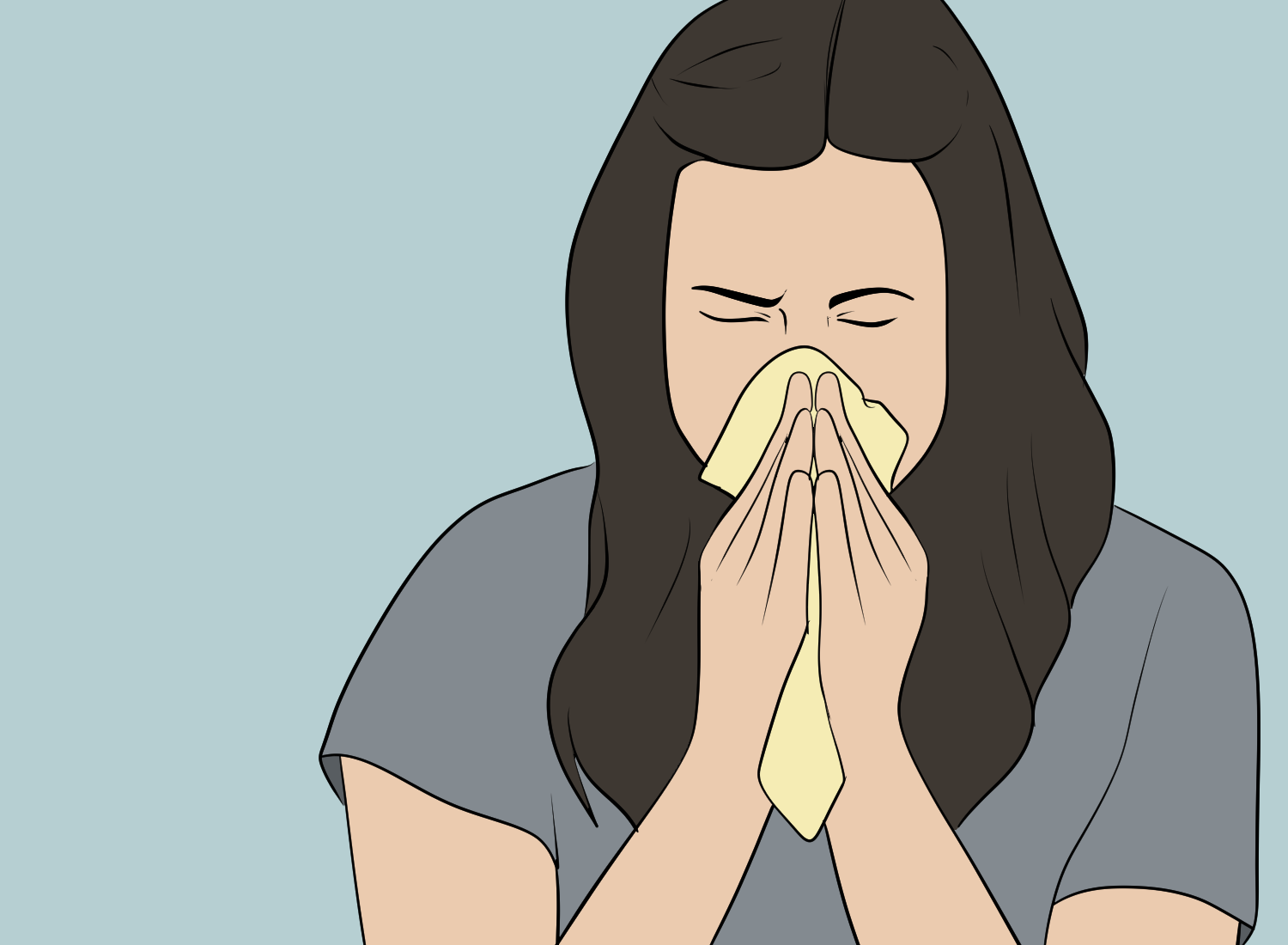
Black mold exposure can cause a range of symptoms, from mild to severe. These symptoms can vary depending on the individual’s sensitivity to the mold and the amount of exposure. Some common symptoms of black mold exposure include:
- Respiratory problems: Exposure to black mold can cause respiratory problems, including coughing, wheezing, and shortness of breath. These symptoms can be especially severe in individuals with pre-existing respiratory conditions, such as asthma or chronic obstructive pulmonary disease (COPD).
- Nasal and sinus congestion: Black mold exposure can cause nasal and sinus congestion, which can lead to headaches, facial pain, and pressure in the head.
- Eye irritation: Exposure to black mold can cause eye irritation, including redness, itching, and watering.
- Skin irritation: Black mold exposure can cause skin irritation, including rashes, hives, and itching.
- Fatigue: Exposure to black mold can cause fatigue, which can be especially severe in individuals with pre-existing health conditions or weakened immune systems.
- Headaches: Black mold exposure can cause headaches, which can be especially severe in individuals with pre-existing health conditions or weakened immune systems.
It’s important to note that these symptoms can be caused by a variety of factors, and not all individuals who are exposed to black mold will experience these symptoms.
However, if you are experiencing any of these symptoms and suspect that you may have been exposed to black mold, it’s important to seek medical attention.
A healthcare provider can help diagnose your symptoms and determine whether they are related to black mold exposure.
Preventive Measures Against Black Mold Exposure
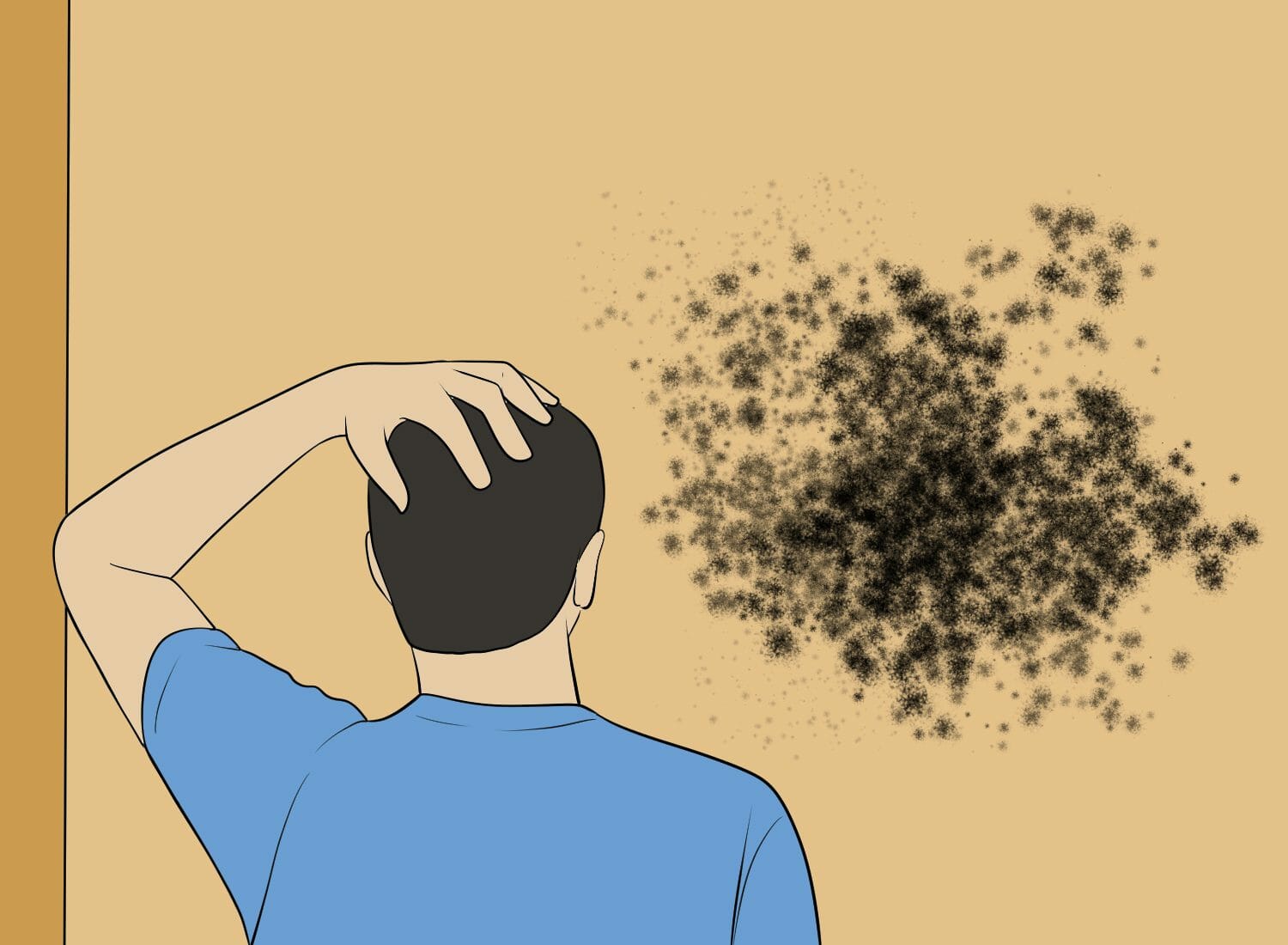
Prevention is the best way to avoid black mold exposure. Here are some preventive measures that can help:
Reduce Humidity

Mold thrives in humid environments, so it’s important to keep the humidity levels in your home low. Use a dehumidifier in damp areas like the basement, bathroom, and kitchen.
Fix Leaks and Water Damage
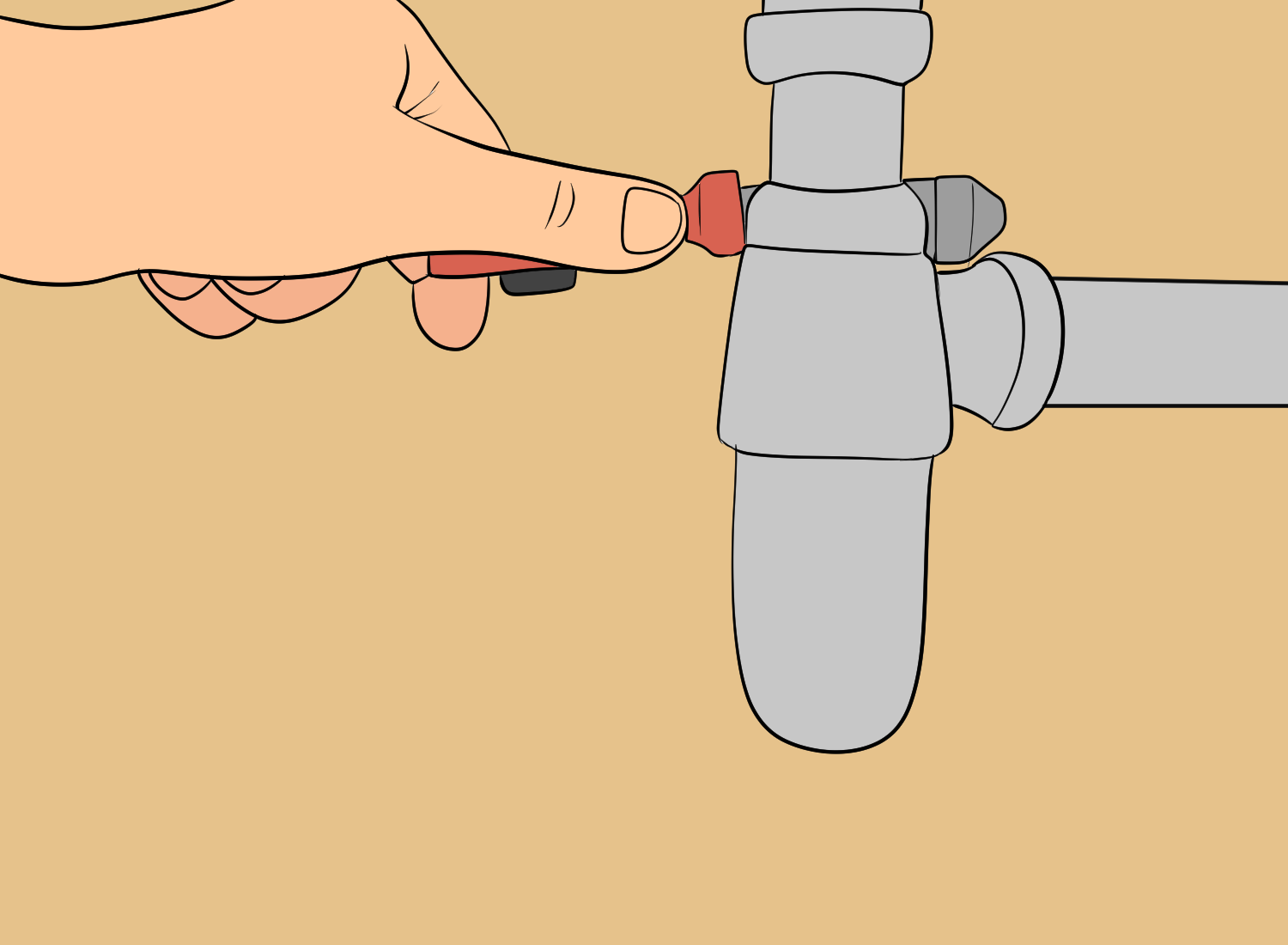
Water damage can lead to mold growth, so it’s important to fix any leaks or water damage as soon as possible.
If you notice any water stains or discoloration on walls or ceilings, investigate the source of the problem and fix it promptly.
Improve Ventilation
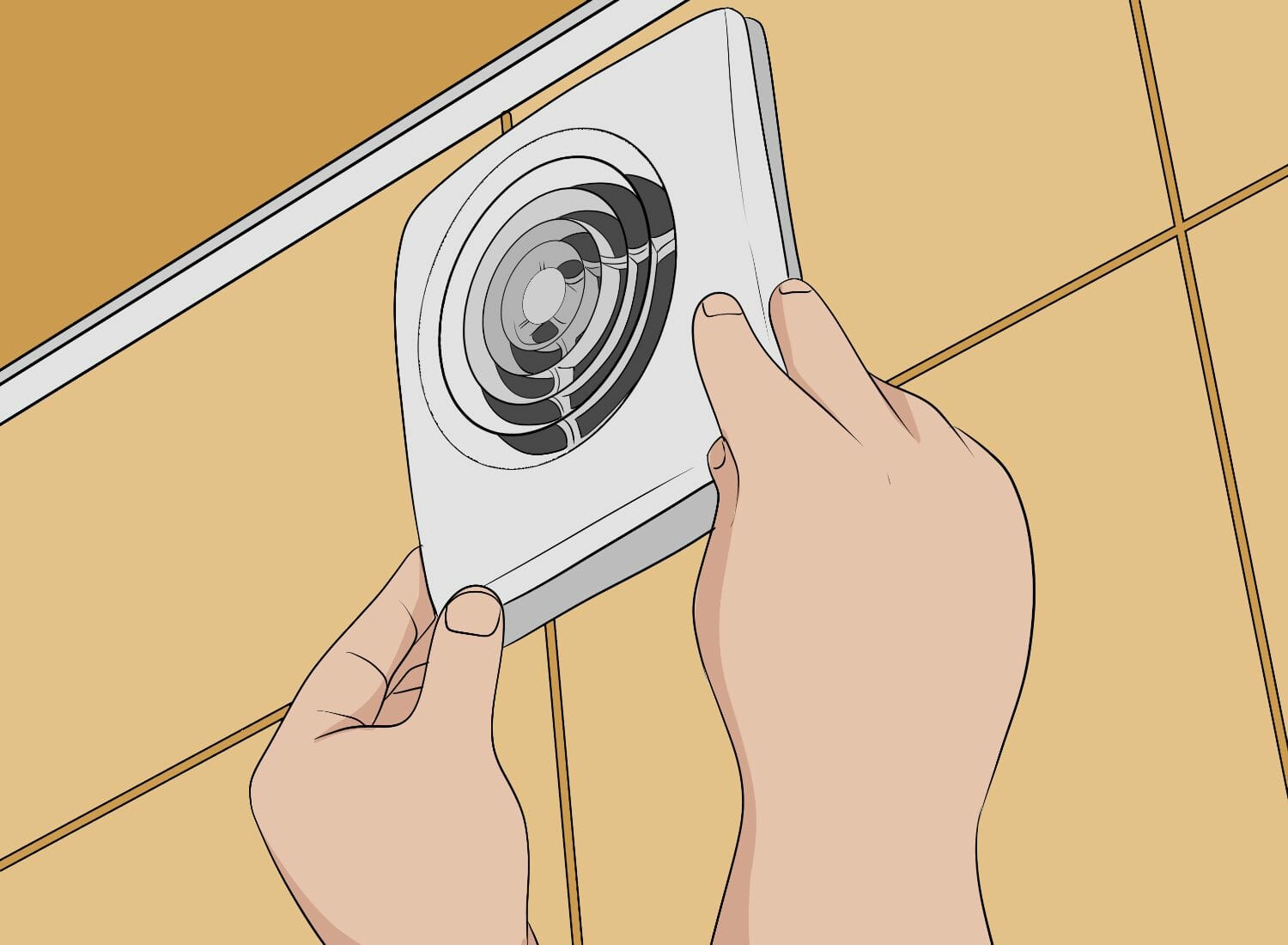
Good ventilation can help prevent mold growth. Make sure your home has adequate ventilation in the kitchen, bathroom, and other areas where moisture is present.
Clean and Dry Wet Areas
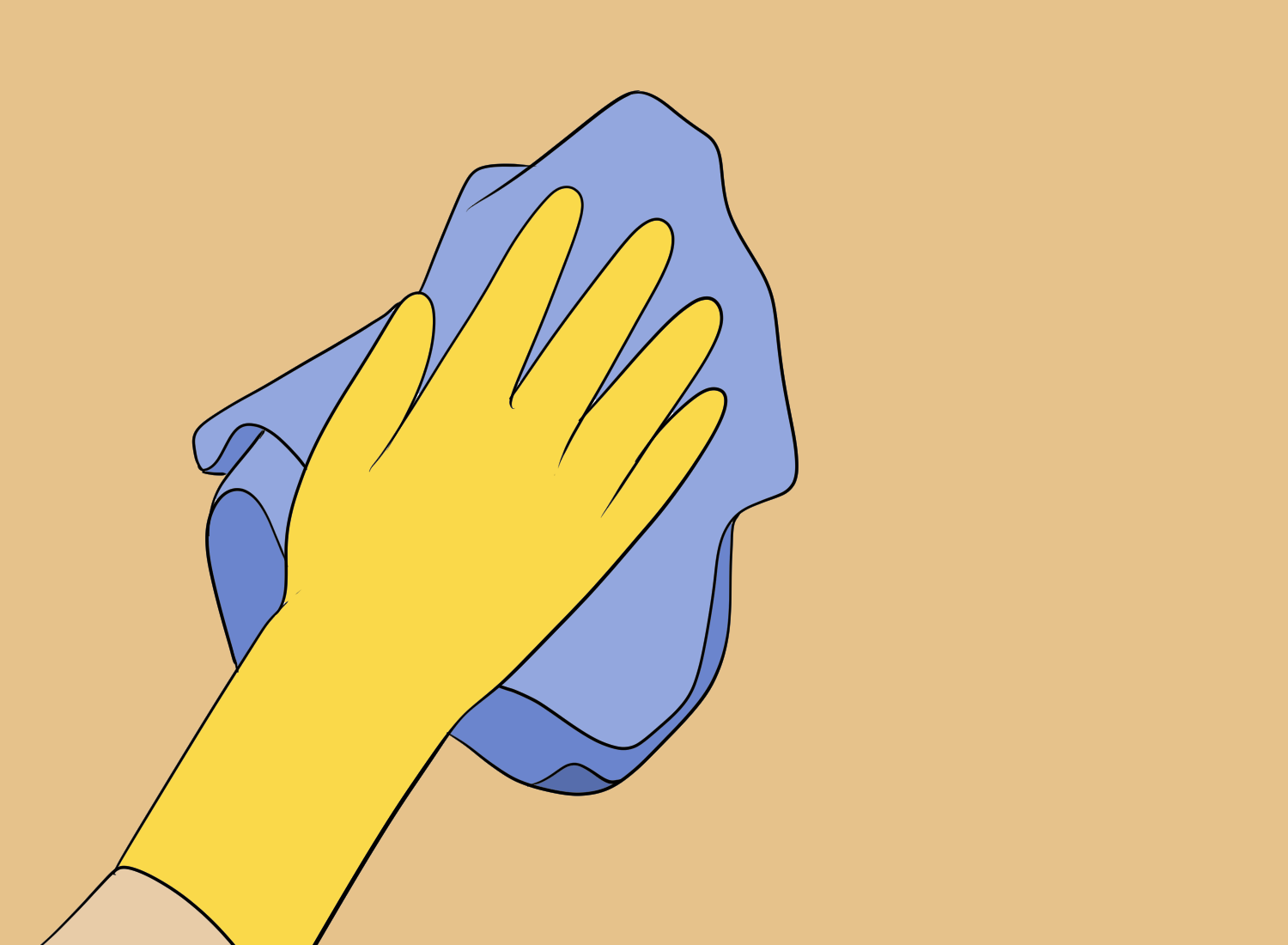
Mold can grow quickly in wet areas, so it’s important to clean and dry wet areas as soon as possible. Use a fan or open a window to help dry out wet areas.
Use Mold-Resistant Products
Consider using mold-resistant products in areas of your home that are prone to mold growth, such as the bathroom and kitchen. Look for products that are specifically designed to resist mold.
Regularly Inspect Your Home
Regularly inspect your home for signs of mold growth, such as a musty smell or visible mold. If you suspect that you have mold in your home, contact a professional to have it removed.
By following these preventive measures, you can help reduce the risk of black mold exposure in your home.
Medical Treatment for Black Mold Exposure
If you suspect that you have been exposed to black mold and are experiencing symptoms, it is important to seek medical attention.
A healthcare professional can help determine if your symptoms are related to black mold exposure and provide appropriate treatment.
Treatment for black mold exposure depends on the severity of symptoms and may include:
- Antihistamines: These medications can help relieve symptoms such as itching, sneezing, and runny nose.
- Nasal corticosteroids: These prescription medications can help reduce inflammation in the nasal passages and relieve symptoms such as congestion and sneezing.
- Bronchodilators: These medications can help open up the airways and improve breathing for individuals with asthma or other respiratory conditions.
- Fungal infections: In severe cases of black mold exposure, individuals may develop fungal infections. Treatment for these infections may include antifungal medications.
It is important to note that there is no specific treatment for black mold exposure itself. The focus of treatment is on relieving symptoms and managing any infections that may result from exposure.
Seeking medical attention
If you have a weakened immune system, such as from immunodeficiency disorders or medications that suppress your immune system, black mold exposure can also cause a fungal infection (mycosis) in your airways or other parts of your body.
In such cases, it is important to seek medical attention promptly to prevent the infection from spreading and causing more serious health problems.
In addition to medical treatment, it is also important to address the source of black mold in your environment to prevent further exposure.
This may involve removing moldy materials, fixing leaks or other sources of moisture, and improving ventilation in affected areas.
Long-Term Effects of Black Mold Exposure
While black mold exposure can cause immediate symptoms such as coughing, stuffy nose, and headaches, it can also have long-term effects on your health. Here are some of the potential long-term effects of black mold exposure:
Respiratory problems: Prolonged exposure to black mold can cause chronic respiratory problems such as asthma, bronchitis, and lung infections.
People with weakened immune systems may be particularly susceptible to these conditions.
Neurological problems: Black mold exposure has been linked to neurological problems such as memory loss, difficulty concentrating, and mood swings.
These symptoms may be more likely to occur in people who have been exposed to black mold for an extended period.
Immune system suppression: Black mold exposure can suppress your immune system, making it harder for your body to fight off infections and illnesses.
This can make you more susceptible to illnesses such as pneumonia and bronchitis.
Organ damage: In some cases, prolonged exposure to black mold can cause damage to your organs, including your liver and kidneys. This damage may be irreversible and can lead to serious health problems.
It’s important to note that not everyone who is exposed to black mold will experience these long-term effects. The severity of the symptoms and the length of exposure time can vary from person to person.
If you suspect that you have been exposed to black mold, it’s important to seek medical attention to determine the extent of the exposure and any potential long-term effects.







